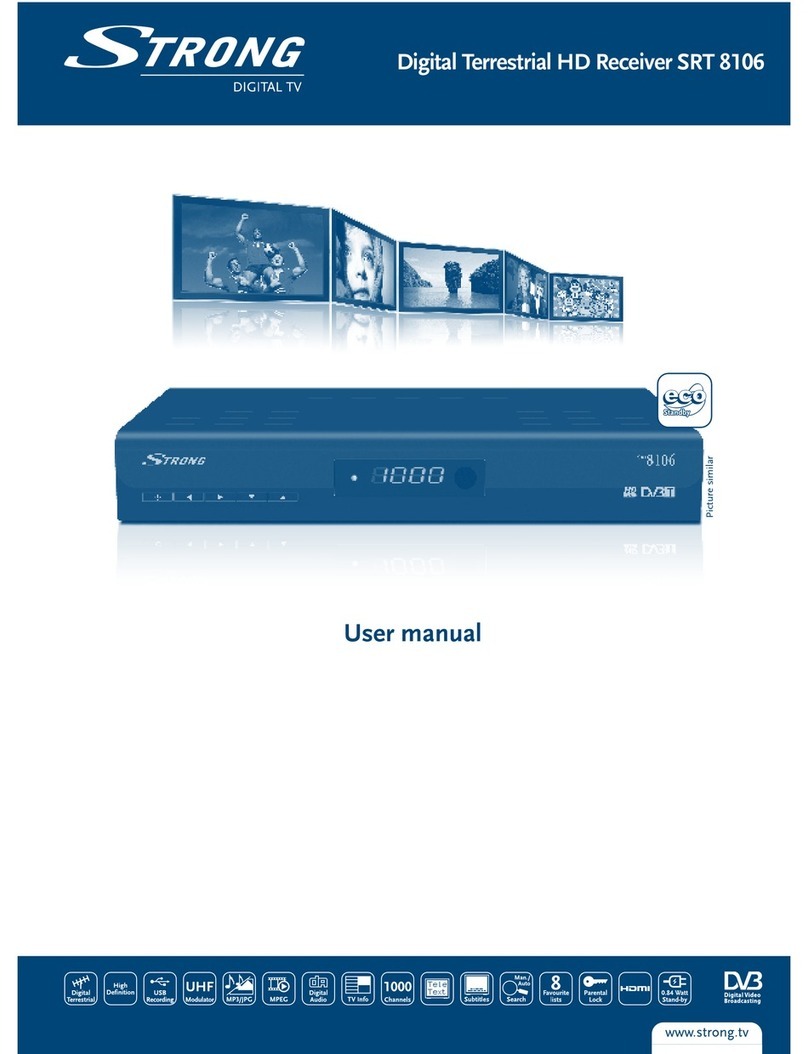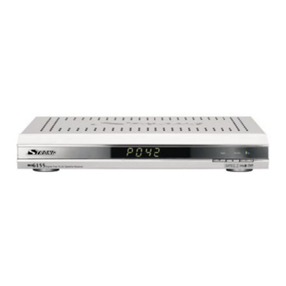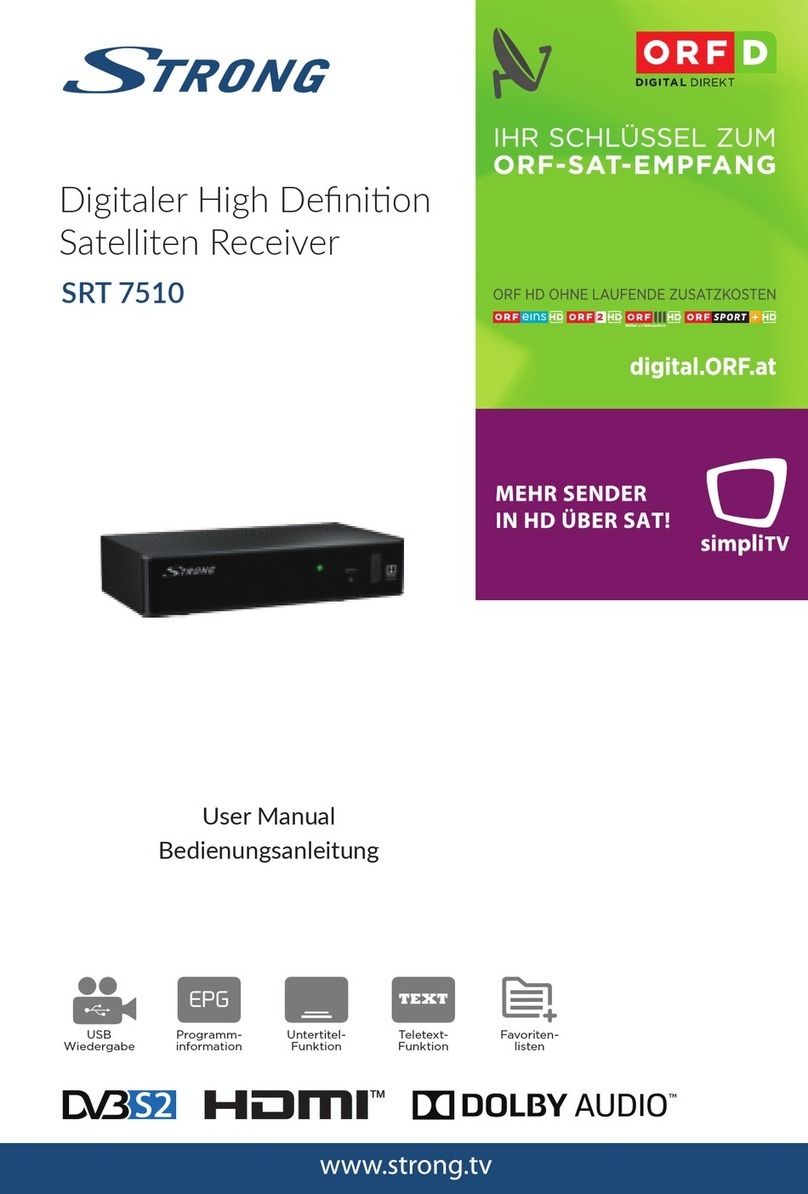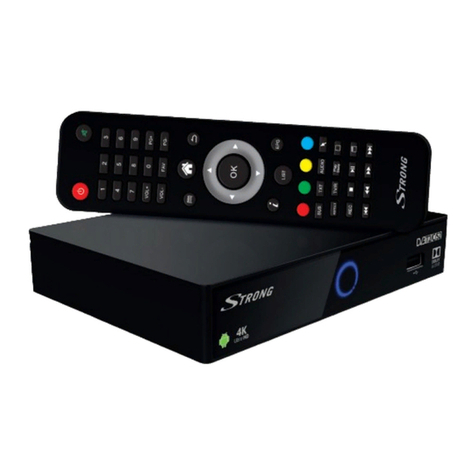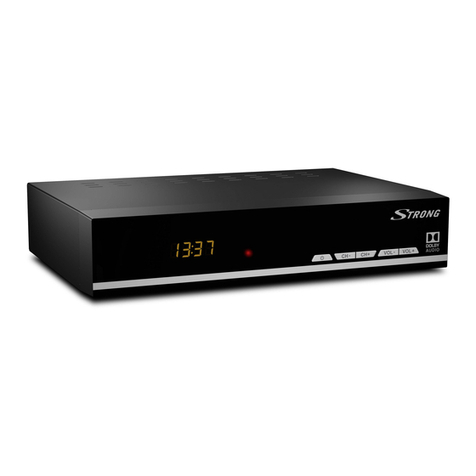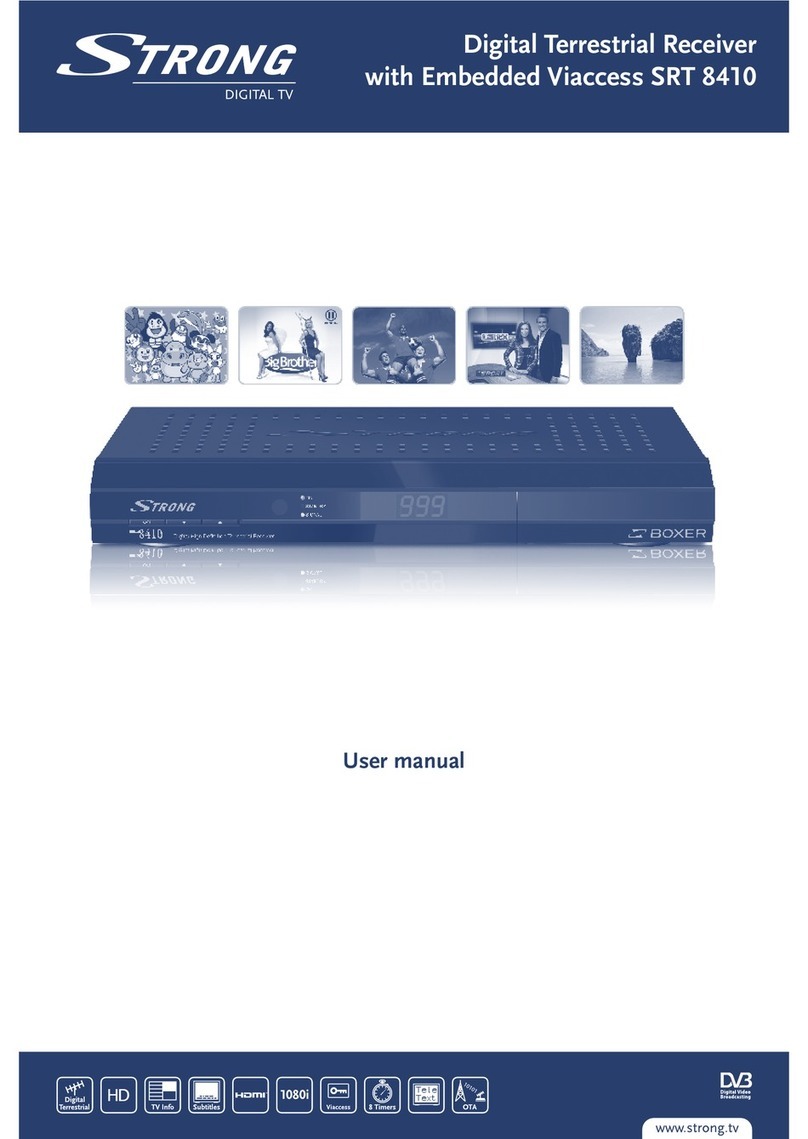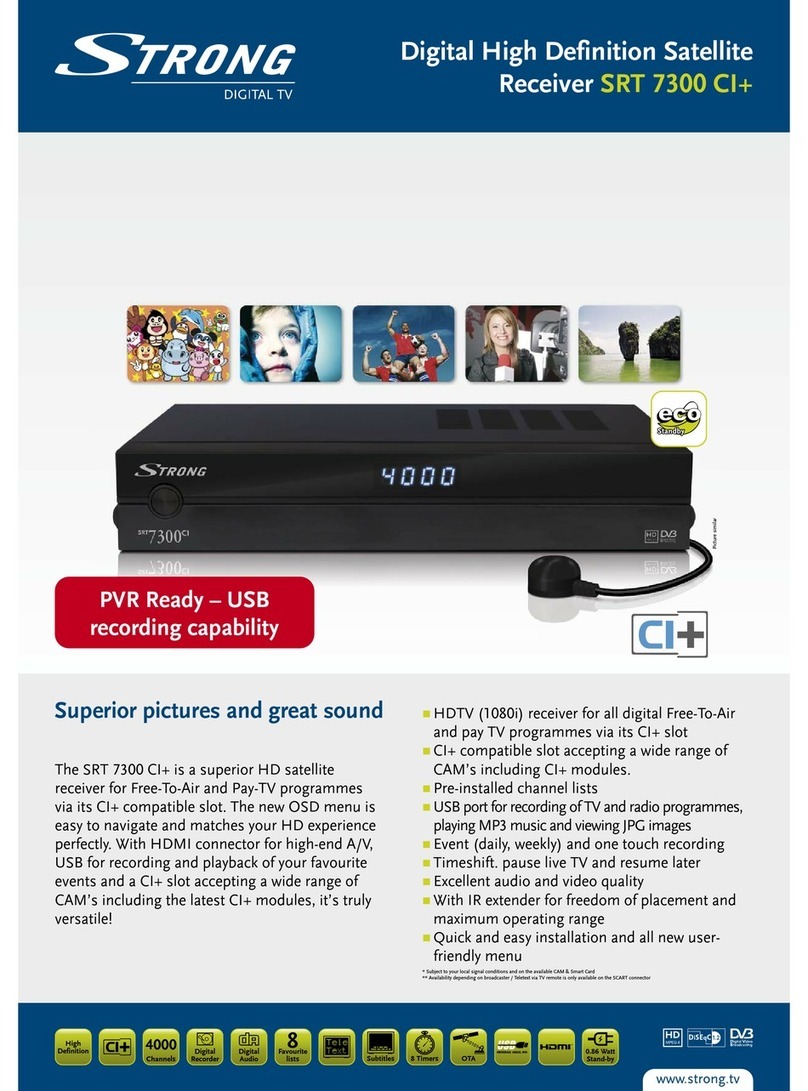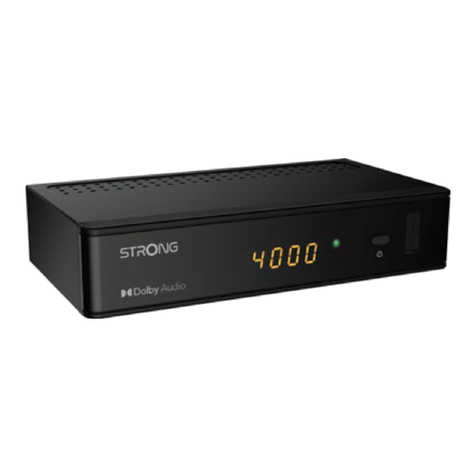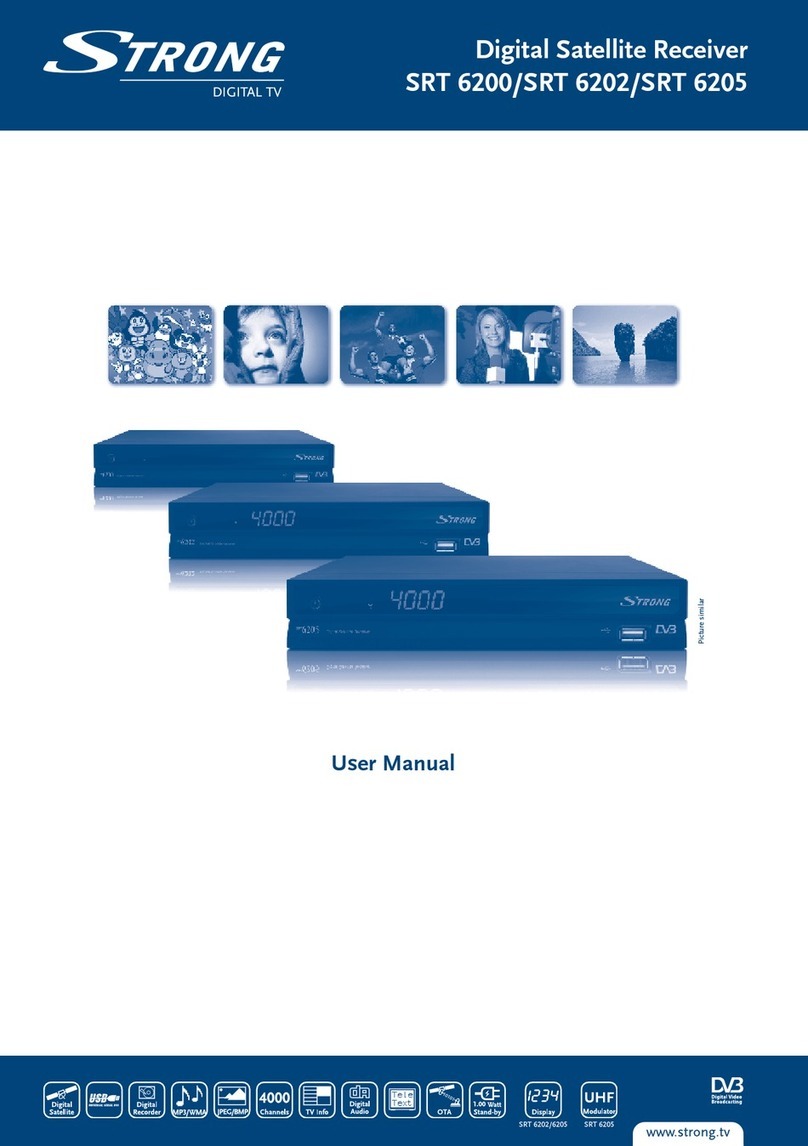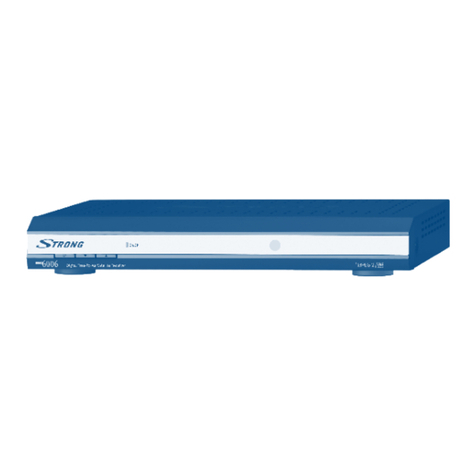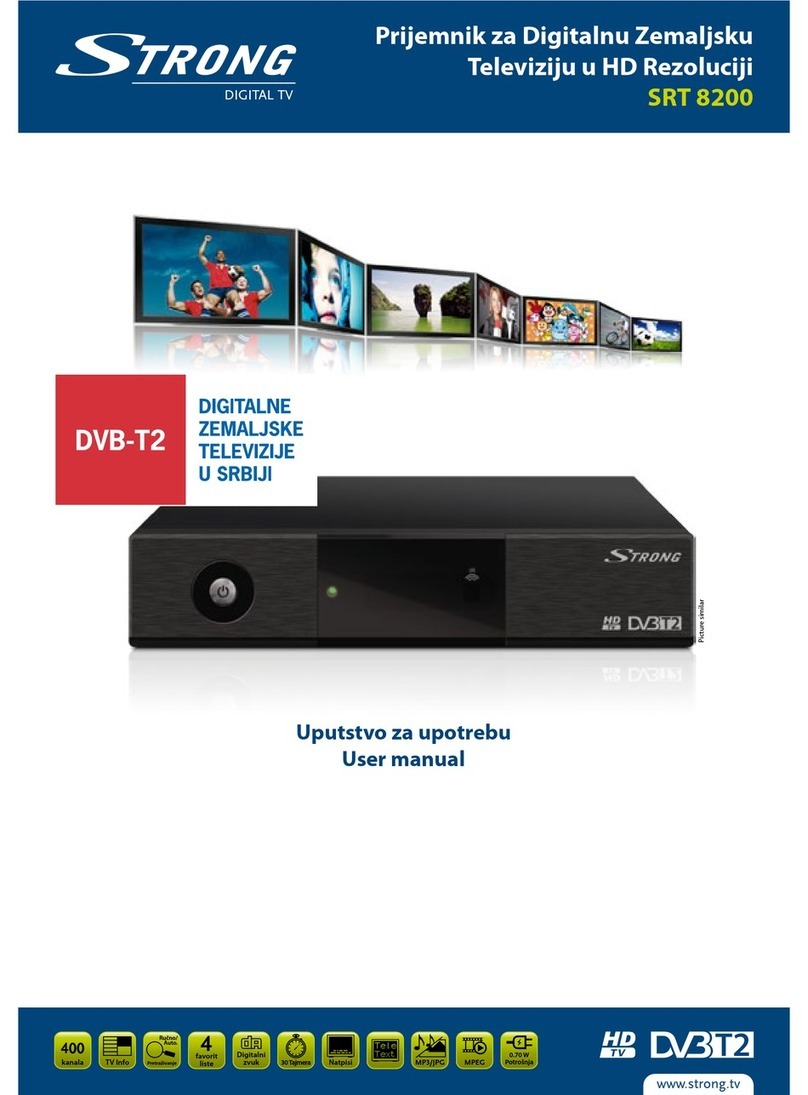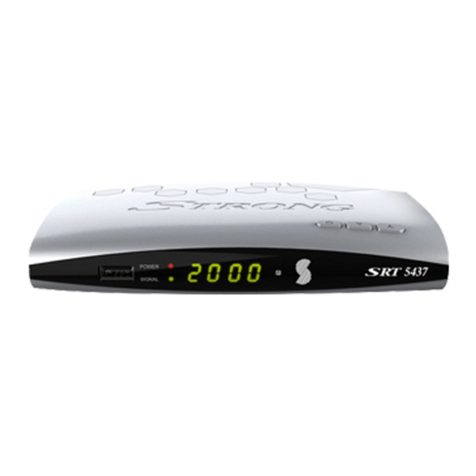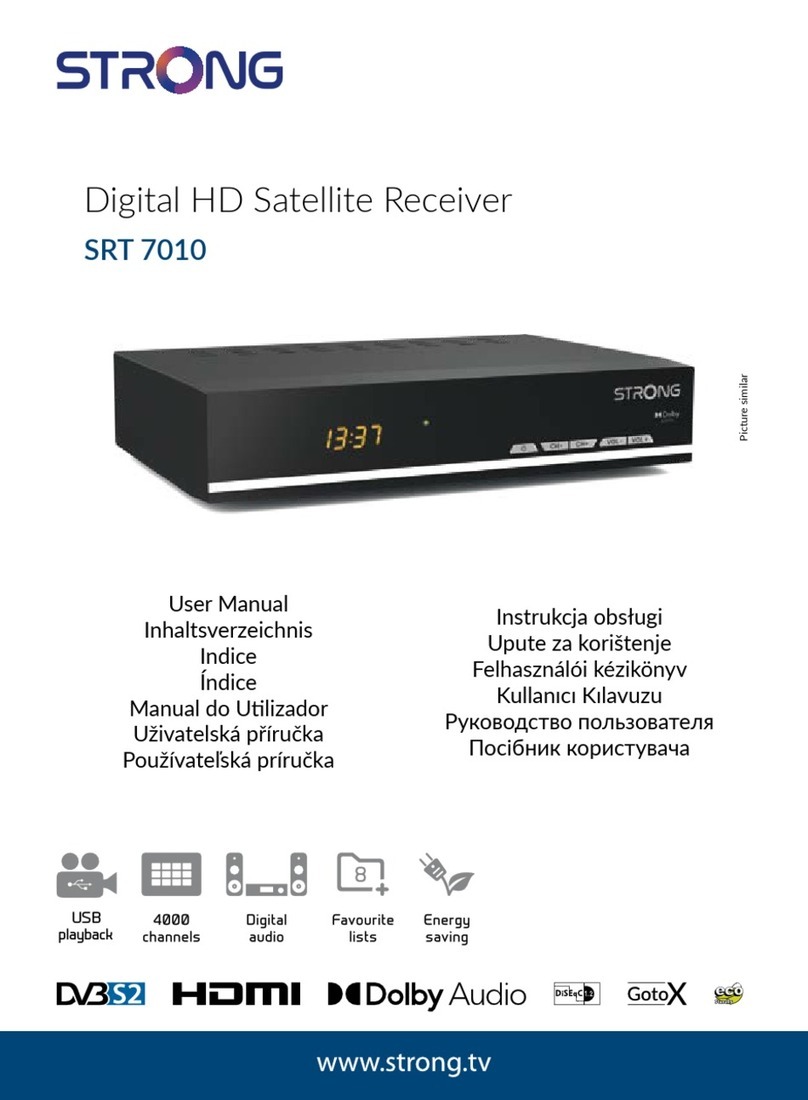PART 2 • English
3
English
outlet. To prevent electric shock, do not use this polarized plug with an extension cord,
receptacle, or other outlet unless the blades can be fully inserted without blade exposure. If
you need an extension cord, use a polarized cord.
5. Power Sources - This product should be operated only from the type of power source
indicated on the marking label. If you are not sure of the type of power supply to your home,
consult your video dealer or local power company. For products intended to operate from
battery power, or other sources, refer to the operating instructions.
6. Overloading - Do not overload wall outlets or extension cords as this can result in a risk of
fire or electric shock. Overloaded AC outlets, extension cords, frayed power cords, damaged
or cracked wire insulation, and broken plugs are dangerous. They may result in a shock or fire
hazard. Periodically examine the cord, and if its appearance indicated damage or deteriorated
insulation, have it replaced by your service technician.
7. Power-Cord Protection - Power-supply cords should be routed so that they are not likely to be
walked on or pinched by items placed upon or against them, paying particular attention to
cords at plugs, convenience receptacles, and the point where they exit from the product.
8. Ventilation - Slots and openings in the case are provided for ventilation to ensure reliable
operation of the product and to protect it from overheating. These openings must not the
blocked or covered. The openings should never be blocked by placing the product on a bed,
sofa, rug, or heat register. This product should not be placed in a built-in installation such
as a book case or rack, unless proper ventilation is provided or the product manufacturer’s
instructions have been followed.
9. Attachments - Do not use attachments unless recommended by the product manufacturer as
they may cause hazards.
10. Water and Moisture - do not use this product near water for example, near a bath tub, wash
bowl, kitchen sink or laundry tub, in a wet basement, or near a swimming pool and the like.
Caution: Maintain electrical safety. Power line operated equipment or accessories connected
to this unit should bear safety certification mark on the accessory itself and should not
be modified so as to defeat the safety features. This will help avoid any and should not be
modified so as to defeat the safety features. This will help avoid any potential hazard from
electrical shock or fire. If in doubt, contact qualified service personnel.
11. Accessories - Do not place this product on an unstable cart, stand, tripod, bracket, or table.
The product may fall, causing serious injury to a child or adult as well as serious damage to
the product. Use this product only with a cart, stand, tripod, bracket, or table recommended
by the manufacturer’ or sold with the product. Any mounting of the product should follow the
manufacturer’s instructions and use of a mounting accessory recommended by the manufacturer.
11a. A product and card combination should be moved with care. Quick stops, excessive
force, and uneven surfaces may cause the product and cart combination to overturn. Note to
CATV system installer. This reminder is provided to call the CATV system installer’s attention
to Section 820-40 of the NEC which provides guidelines for proper grounding and, in
particular, specifies that the cable ground shall be connected to the grounding system of the
building, as close to the point of cable entry as practical.
12. Outdoor Antenna Grounding - If an outside antenna or cable system is connected to the
product, be sure the antenna or cable system is grounded so as to provide some protection
